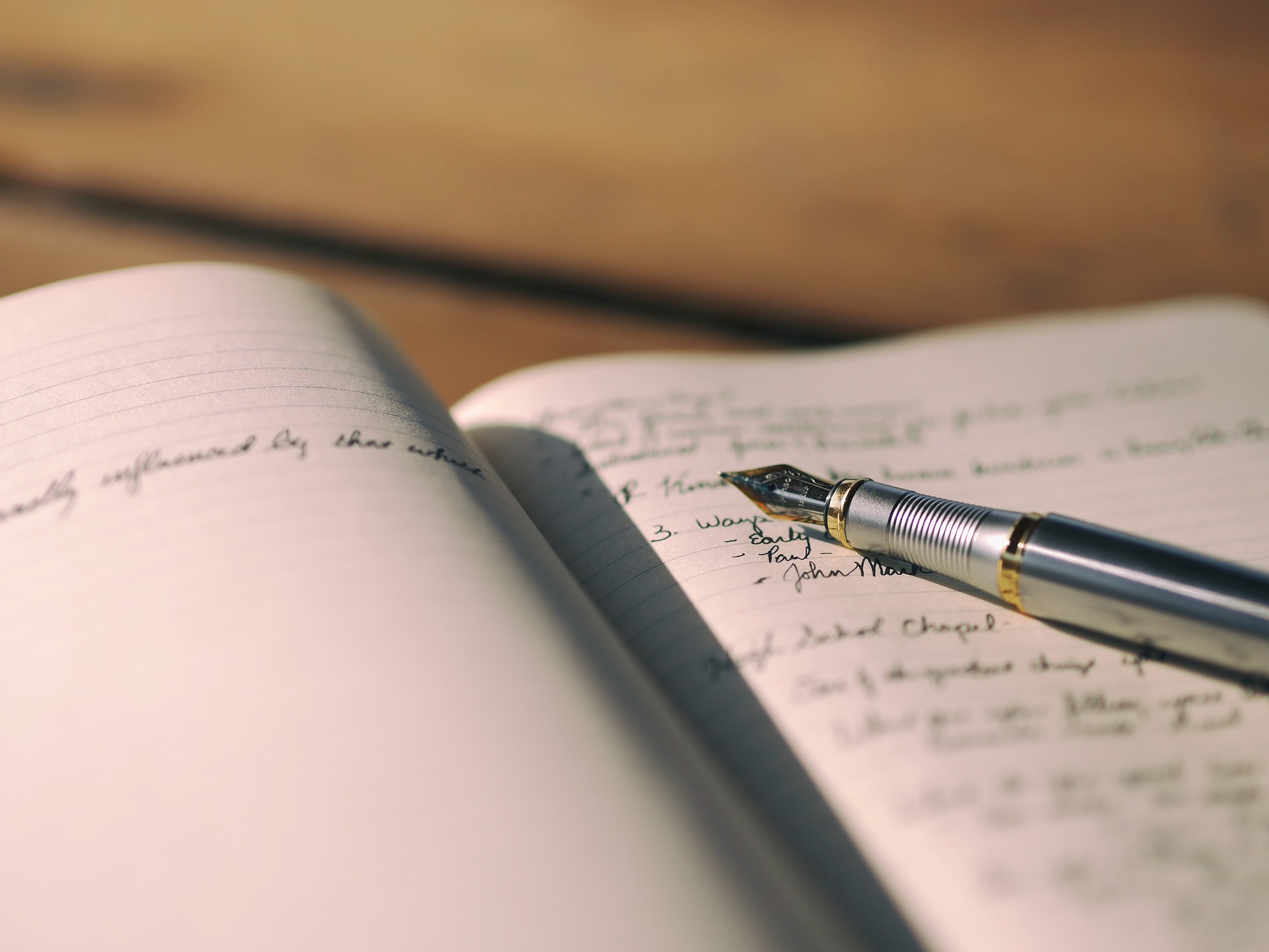by Meena Palaniappan, Program Director
The Amprong River in the city of Malang in Indonesia provides a truly rich example of the power and the challenges of multiple use water systems. From the beginning of human civilization, rivers and water bodies were always used to fulfill human needs to drink, to grow food, and to take away waste. As cities grew, the rivers that were once fulfilling all of these needs were becoming running sewers, and communities downstream of cities were suffering the impacts of agricultural runoff, reduced water availability, and poor water quality. The question has always been: how can we ensure that water can continue to fulfill the multiple needs it serves in society for livelihoods and for water and sanitation; while also ensuring it is available for downstream users, its quality is maintained, and that the needs of the environment and future generations are considered?

The Amprong River is used for bathing, for washing clothes, as a toilet for open defecation, and is also canalized to provide water for agricultural fields and used for fish farming along the river. Women wash and bathe within 20 feet of a set of branches extended out over the river that serves as a toilet. People sit out on these precarious looking branches and relieve themselves right into the flowing water. The Amprong River was used in past years for drinking water by some of the community-run drinking water user associations (Indonesian, HIPPAM) along the river, and as the existing groundwater supplies of these HIPPAMs fail, residents still often turn to the river to get drinking water. Within 100 feet of each other, I saw two “floating toilets,” women washing clothes, women and children bathing, huge agricultural fields being fed by the river, and fish farming.
The Amprong River is, as so many rivers are, many things to many people. The challenge is when these uses conflict with each other. Open defecation into the same water body that people use for bathing and irrigation poses a serious health risk. It has often been the case in history that rivers and water bodies have served as both sinks for human waste, as well as for drinking water. As the flip adage goes–the solution to pollution was dilution. All over the world this is changing. There is not enough water to dilute all of the waste produced by growing human societies. We need to do more to prevent pollution into water courses, treat waste before it is released into water, and remediate waterways. In cases where water is being used for multiple purposes, it is important to pay greater attention to public health impacts, and ensure that the multiple demands for water are met equitably.


